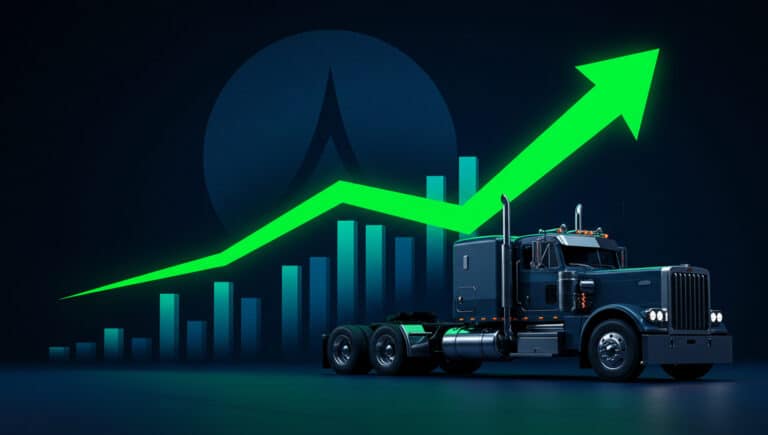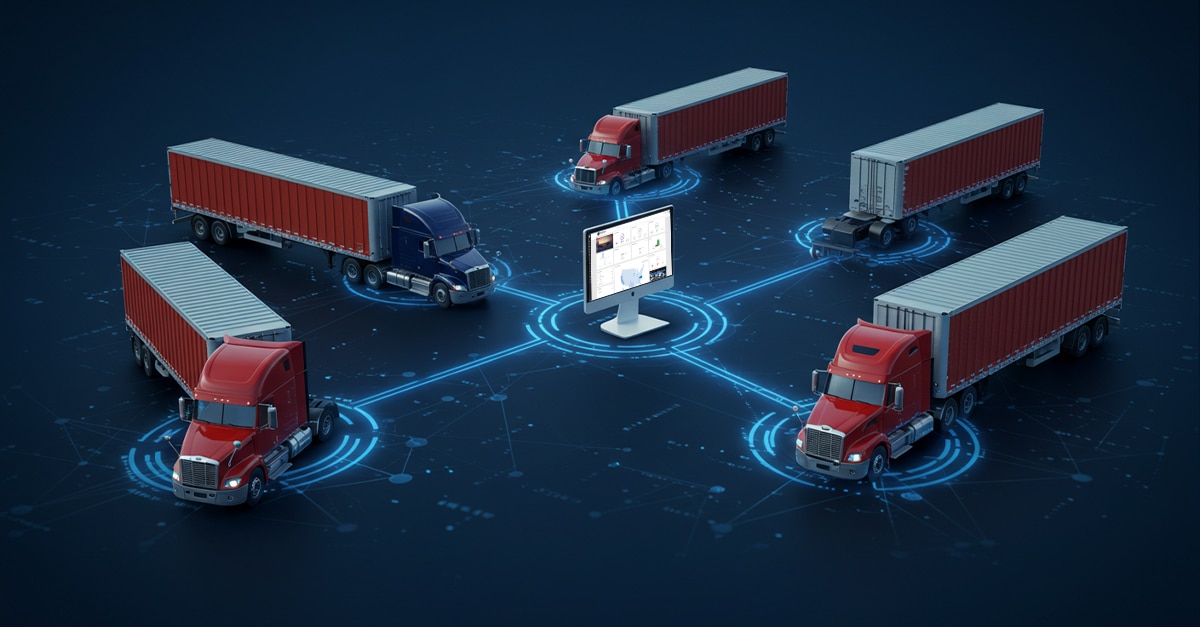In the rapidly evolving landscape of logistics and supply chain management, the approach to freight tech purchasing has undergone a significant transformation. The year 2024 marks a pivotal moment in this evolution, shifting from impulsive, often reactive buying decisions to a more strategic, integrated, and resilience-focused approach. As a leader in the logistics technology space, Turvo has been at the forefront of this transition, advocating for and facilitating a more thoughtful approach to freight tech purchasing.
The Early Days of Freight Tech Adoption
Rewind a few years, and the logistics industry was in a different place. The adoption of freight technology was often reactive, driven by immediate needs and the allure of new, shiny tools. Companies, in a bid to stay ahead or simply keep up with competitors, made hasty decisions. This impulse buying led to a fragmented technology landscape within organizations, characterized by siloed solutions that often failed to communicate with each other, creating inefficiencies and data blind spots.
The Wake-Up Call
The need for change became evident as these fragmented systems led to operational inefficiencies, increased costs, and an inability to adapt quickly to market changes or disruptions. The wake-up call was clear: logistics companies needed a more strategic approach to freight tech purchasing, one that prioritized integration, scalability, and resilience.
The Strategic Shift in 2024
Now, in 2024, the approach to freight tech purchasing has evolved. Companies are no longer just buying technology; they are investing in comprehensive solutions that align with their long-term strategic goals. This shift is characterized by several key trends:
1. Emphasis on Integration and Compatibility
One of the most significant changes in freight tech purchasing is the emphasis on integration. Companies now prioritize solutions that can seamlessly integrate with their existing systems and processes. This integration ensures that data flows smoothly across the supply chain, enhancing visibility and decision-making capabilities.
2. Focus on Scalability and Flexibility
As the market continues to evolve, scalability has become a critical factor in technology investment decisions. Companies are looking for solutions that not only meet their current needs but can also scale and adapt as their business grows and changes.
3. Resilience as a Core Consideration
The disruptions of the past few years have highlighted the importance of resilience in the supply chain. Freight tech purchasing now places a premium on solutions that enhance a company’s ability to withstand and quickly recover from disruptions, whether they are technical outages, market fluctuations, geopolitical events, or natural disasters.
4. Data-Driven Decision Making
Data is the lifeblood of modern logistics. Companies are now more focused on purchasing technologies that offer advanced analytics and data-driven insights, enabling them to make more informed and strategic decisions.
5. Sustainability and Compliance
With increasing regulatory pressures and a growing emphasis on sustainability, freight tech solutions that aid in compliance and promote sustainable practices are becoming more attractive to buyers.
Best Practices for Strategic Freight Tech Purchasing in 2024
To navigate this new landscape of freight tech purchasing, companies should adopt several best practices:
1. Conduct Thorough Needs Analysis
Before investing in new technology, conduct a thorough analysis of your current and future needs. This analysis should consider not just immediate operational requirements but also long-term strategic objectives.
2. Evaluate the Technology Ecosystem
Look at how potential technology solutions fit into your existing technology ecosystem. Consider how they will integrate with your current tools and systems and whether they will enhance or hinder your overall operational efficiency.
3. Prioritize User Experience and Training
The best technology is only as good as its users. Prioritize solutions that offer an intuitive user experience and invest in proper training to ensure your team can fully leverage the technology.
4. Partner with Reputable Providers
Choose technology partners who have a proven track record and are committed to continuous innovation. A good technology partner should not just sell you a product but support you in achieving your strategic goals.
5. Plan for the Long Term
Consider the long-term implications of your technology investments. This includes evaluating the scalability of the solution, the provider’s roadmap for future enhancements, and the overall total cost of ownership.
The evolution of freight tech purchasing from impulse to strategy in 2024 reflects a maturing industry that recognizes the critical role of technology in driving efficiency, resilience, and strategic growth. By adopting a more thoughtful, integrated, and data-driven approach to technology investment, companies can ensure they are not just keeping up with the times but are positioned to lead in the ever-changing landscape of logistics and supply chain management.
In this new era, Turvo stands ready to partner with businesses, offering solutions that are not just cutting-edge but also strategically aligned with the evolving needs of the logistics industry. The future of freight tech purchasing is here, and it’s more strategic, integrated, and resilient than ever.









